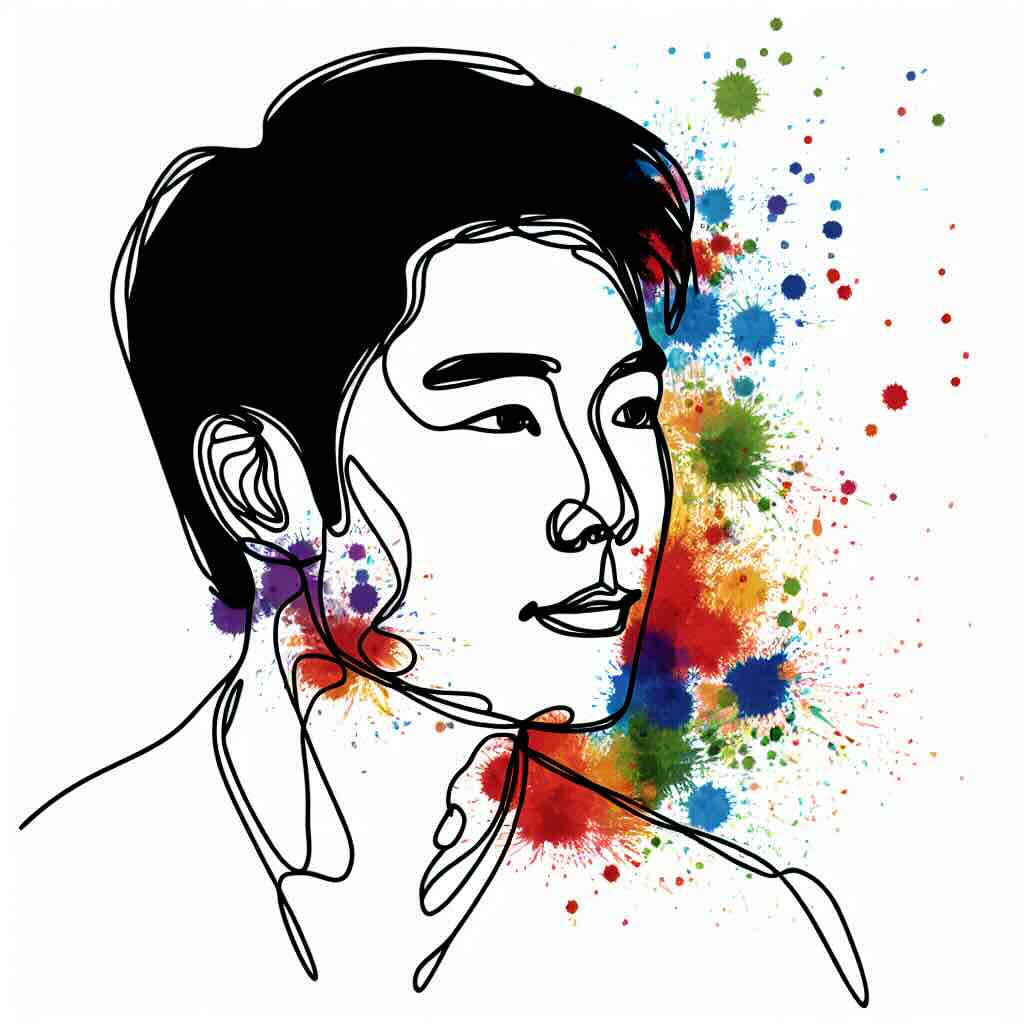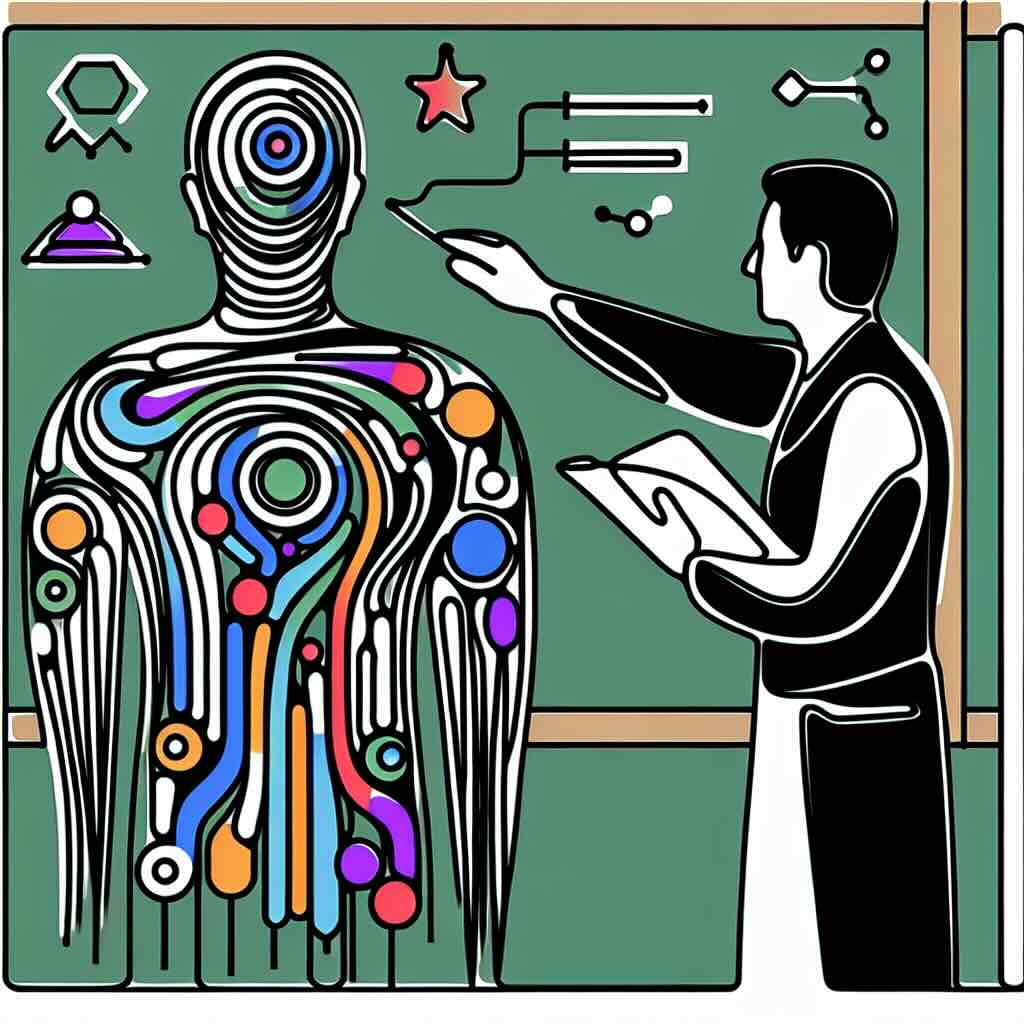A visual depiction of a storyboard that show different stages and how quickly this can convey meaning to others
A learning design platform enables instructional designers to map out and refine courses before content development begins. By focusing on design first, you mitigate risks, streamline collaboration, and improve the quality of your learning experiences. This post explores the key benefits of a design-first approach and how a learning design platform transforms the development process.
Table of Contents
- Why Design Comes Ahead of Content Development
- Risks of Skipping the Design Phase
- The Role of Storyboarding in Learning Design
- Engaging Stakeholders in the Design Process
- The Value of Rapid Prototyping and Co-Design
- Benefits of Design-First Approaches
- Risks of Direct Content Development
- One Thing You Can Try Today
- Conclusion
- Try it Yourself
- Related Topics
1. Why Design Comes Ahead of Content Development
Design should always precede content development because it lays the foundation for purposeful and aligned learning experiences. By focusing on the design phase, instructional designers can define the course objectives, target audience, and desired outcomes. This clarity ensures that every piece of content contributes to the overall goals, eliminating unnecessary elements and reducing redundancy. Moreover, designing first provides a roadmap that streamlines development, making it easier to allocate resources effectively and meet deadlines. Without a design phase, content creation becomes guesswork, often leading to misalignment and inefficiencies. A thoughtful design process not only enhances learner engagement but also ensures that courses deliver measurable results that meet organizational objectives.
2. Risks of Skipping the Design Phase
Skipping the design phase can lead to significant setbacks in course development. When instructional designers dive straight into content creation, they risk producing material that lacks coherence and fails to align with learning objectives. This oversight often results in fragmented courses where modules don’t connect or support each other. Additionally, stakeholders may encounter miscommunications about course goals, leading to frustration and multiple rounds of revisions. The absence of a clear design also makes it harder to identify gaps or anticipate challenges, potentially increasing costs and delaying delivery timelines. A rushed development process often sacrifices quality, leaving learners disengaged and struggling to achieve intended outcomes. By prioritizing design, you avoid these risks and set a solid foundation for success.
3. The Role of Storyboarding in Learning Design
Storyboarding is a powerful tool in the learning design process, offering a visual representation of a course’s structure before development begins. By creating a storyboard, instructional designers can map out learning objectives, activities, and assessments in a logical sequence. This approach not only ensures alignment with desired outcomes but also highlights potential gaps or inconsistencies. Storyboarding fosters collaboration by providing stakeholders with a clear blueprint to review and refine. It minimizes misunderstandings during development and helps instructional designers test the flow and pacing of a course early on. Whether it’s a simple sketch or a detailed digital prototype, storyboarding adds a layer of clarity and precision that streamlines the transition from design to production.
4. Engaging Stakeholders in the Design Process
Involving stakeholders early in the design process is critical for creating aligned and effective learning experiences. A learning design platform makes this collaboration seamless by providing a shared space for input and review. Subject matter experts, project managers, and instructors can contribute their expertise to ensure the course meets its goals. Engaging stakeholders during the design phase builds consensus on objectives and expectations, reducing resistance during implementation. Co-designing courses with stakeholders also fosters innovation, as diverse perspectives lead to creative solutions and learner-centered approaches. This early involvement saves time in later stages by minimizing misunderstandings and ensuring everyone is on the same page. Ultimately, stakeholder collaboration enhances the quality and relevance of the final product.
5. The Value of Rapid Prototyping and Co-Design
Rapid prototyping and co-design are transformative practices in instructional design. Rapid prototyping allows designers to create early, testable versions of a course, enabling quick feedback and iterative improvements. This process helps identify and address potential issues long before the final product is developed, saving time and reducing costs. Co-design, on the other hand, involves collaborating with stakeholders and learners to ensure the course meets their needs and expectations. Together, these practices encourage experimentation, innovation, and alignment with learning objectives. They also build a sense of ownership among stakeholders, increasing buy-in and support during implementation. By incorporating rapid prototyping and co-design, instructional designers can create high-quality, learner-centred courses that deliver measurable results against the stated goals / outcomes.
6. Benefits of Design-First Approaches
- Reduces time spent on revisions during content creation.
- Aligns learning experiences with objectives and audience needs.
- Enhances collaboration and stakeholder engagement.
- Improves course consistency and learner satisfaction.
- Supports scalable and adaptable course structures.
7. Risks of Direct Content Development
- Increased costs from multiple rounds of edits.
- Disconnected or incoherent learning experiences.
- Frustration among stakeholders due to misaligned expectations.
- Reduced learner engagement and outcomes.
- Delayed or unpredictable delivery timelines.
8. One Thing You Can Try Today
Choose an existing course you’ve developed and storyboard its structure. Use Coursensu, or a similar post-it note format to state and connect the learning objectives, activities, and assessments. Share this storyboard with a colleague for feedback and see how it improves clarity, alignment and quality of ideas.
9. Conclusion
A learning design platform streamlines the process of creating impactful courses by prioritising design over content development. From storyboarding to stakeholder collaboration, this approach ensures quality, reduces risks, and saves time and money. Investing in design first creates a strong foundation for successful learning experiences and higher engagement with design stakeholders.
10. Try it Yourself
- Review your current course development workflow and identify gaps in the design phase.
- Experiment with Coursensu, or any other learning design platform or storyboard tool to map out your next project.
- Involve stakeholders early, and often, in the design process to align goals and expectations.
11. Related Topics
- Benefits of storyboarding for eLearning.
- How to implement rapid prototyping in course design.
- Co-design strategies for instructional designers.
- Tools for collaborative learning design.
- Aligning course design with learning outcomes and objectives.







